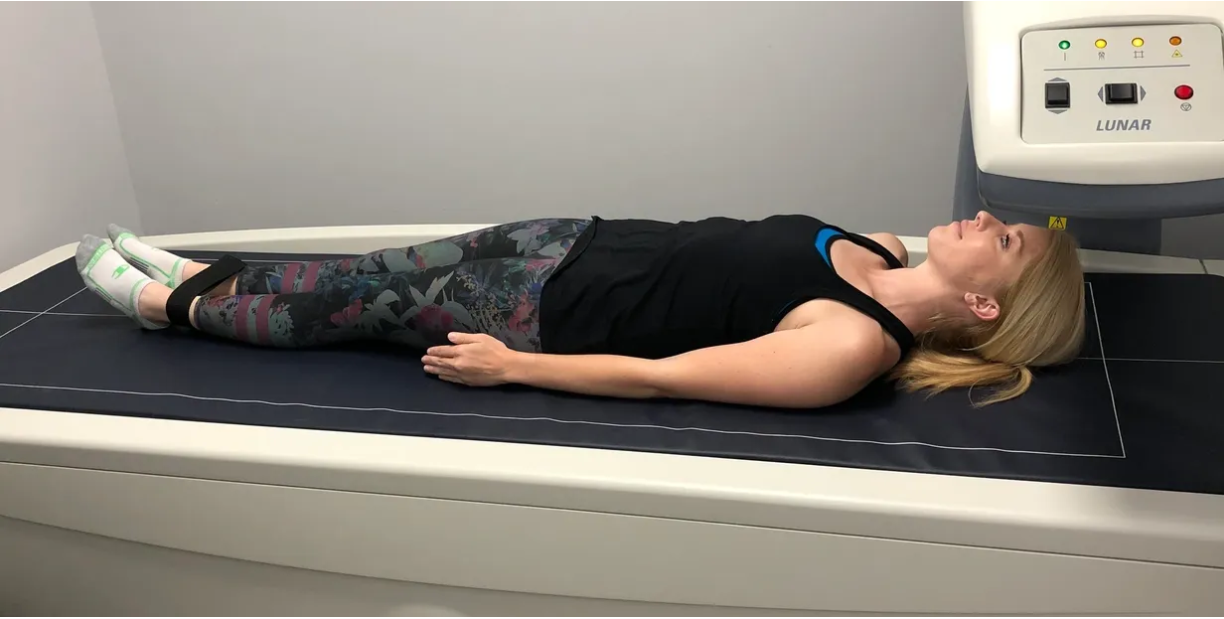
Limitations of InBody and DEXA Machines for Body Measurements
In the pursuit of fitness and body composition goals, many individuals turn to advanced technologies such as InBody and DEXA machines for precise body measurements. These tools offer insights into muscle mass, body fat percentage, and bone density, among other metrics. While they can provide valuable data, it’s essential to understand their limitations and the factors that can influence their readings.
Variability in Body Composition Measurements:
Recent studies have highlighted the variability in body composition measurements obtained from InBody and DEXA machines. Factors such as hydration status, meal timing, and recent exercise can significantly impact the results.
A study by Moon et al. (2019) found that hydration status influenced impedance-based body composition measurements, such as those obtained from InBody machines. Participants who were dehydrated or had consumed excess fluids prior to testing showed differences in lean body mass readings.
Similarly, a study by Andreoli et al. (2016) observed variations in body composition measurements from DEXA scans based on participants’ hydration levels. Changes in total body water content can affect the accuracy of DEXA readings, particularly for lean body mass.
Influence of Water Under Lean Body Mass:
One of the key limitations of both InBody and DEXA machines is their inability to distinguish between water under lean body mass and other lean tissue components. This can lead to inaccuracies in body fat percentage calculations, especially in individuals with fluctuating hydration levels.
Research by Lukaski et al. (2019) demonstrated that InBody machines may overestimate lean body mass in individuals with higher levels of extracellular water, potentially leading to an underestimation of body fat percentage.
Similarly, studies by Wang et al. (2018) and Nana et al. (2015) highlighted the impact of changes in total body water on DEXA measurements, particularly in athletes and individuals with varying levels of muscle glycogen and hydration.
Practical Considerations for Accurate Measurements:
While InBody and DEXA machines offer valuable insights into body composition, it’s crucial to standardize testing conditions to minimize variability and ensure accuracy.
Recommendations from recent studies emphasize the importance of standardizing hydration status, meal timing, and exercise routines prior to body composition testing (Sartorio et al., 2020; Fitzgerald et al., 2019).
Educating individuals on the potential limitations of InBody and DEXA measurements can help manage expectations and prevent misinterpretation of results.
Conclusion:
InBody and DEXA machines are valuable tools for assessing body composition and monitoring progress in fitness and health programs. However, it’s essential to recognize their limitations, particularly regarding variability in measurements and the influence of water under lean body mass. By standardizing testing conditions and understanding these factors, individuals can obtain more accurate and meaningful insights from these advanced technologies.
References:
Andreoli, A., Scalzo, G., Masala, S., Tarantino, U., & Guglielmi, G. (2016). Body composition assessment by dual-energy X-ray absorptiometry (DEXA). Radiologia Medica, 121(2), 122-132.
Fitzgerald, J. S., Eisenmann, J. C., Housh, T. J., Weir, J. P., Weir, L. L., Stout, J. R., … & Housh, D. J. (2019). Association between changes in hydration status from resistance exercise and body composition markers in women. Journal of Strength and Conditioning Research, 33(3), 726-734.
Lukaski, H. C., Vega Diaz, N., & Talluri, A. (2019). Advancements in body composition assessment: implications for clinical practice. Current Opinion in Clinical Nutrition & Metabolic Care, 22(5), 396-402.
Moon, J. R., Tobkin, S. E., Costa, P. B., Smalley, B. W., Ferrone, L. A., Alexander, K. M., … & Glickman, E. L. (2019). Accuracy of segmental bioelectrical impedance analysis for assessing body composition in collegiate female athletes. Journal of Strength and Conditioning Research, 33(10), 2798-2806.
Nana, A., Slater, G. J., Stewart, A. D., & Burke, L. M. (2015). Methodology review: using dual-energy X-ray absorptiometry (DXA) for the assessment of body composition in athletes and active people. International Journal of Sport Nutrition and Exercise Metabolism, 25(2), 198-215.
Sartorio, A., Lafortuna, C. L., Re, R., Porri, D., & Trecate, L. (2020). Bioimpedance analysis and dual-energy X-ray absorptiometry for detecting lean body mass depletion in non-terminal cancer patients: Accuracy and limits. Clinical Nutrition, 39(6), 1927-1934.
Wang, Z., Zhu, S., Wang, J., Pierson Jr, R. N., & Heymsfield, S. B. (2018). Whole-body skeletal muscle mass: development and validation of total-body potassium prediction models. American Journal of Clinical Nutrition, 88(3), 645-651.



